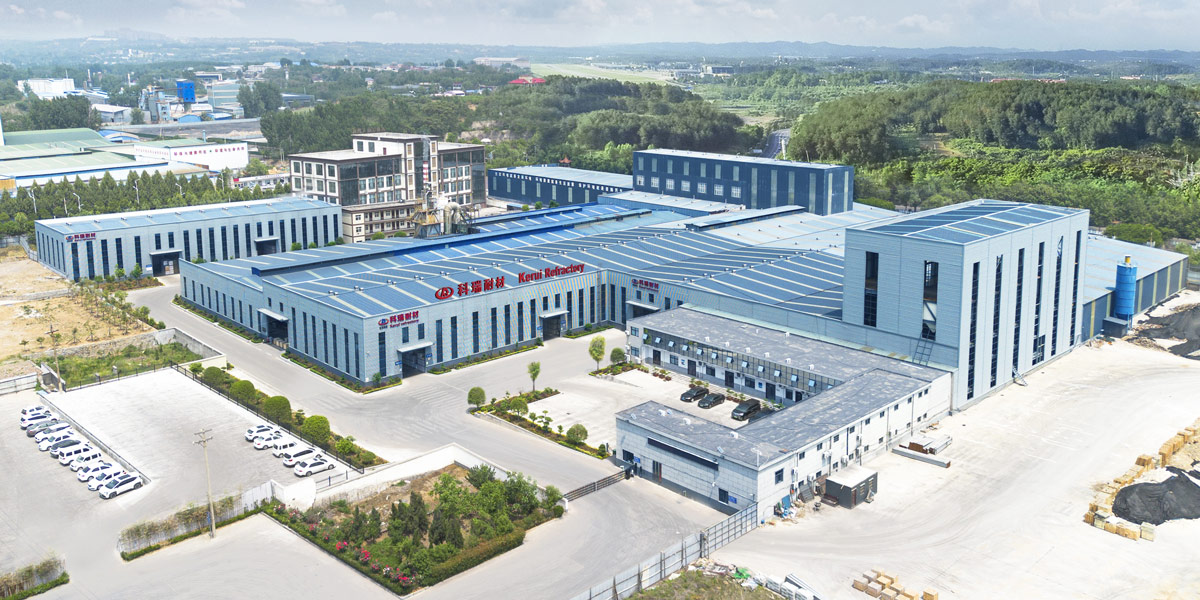Identifying the quality of high alumina bricks requires careful consideration of appearance, sound, weight and volume density, and chemical testing. When purchasing and using high alumina bricks, customers should choose products of appropriate grade and quality according to specific needs. You can also directly contact Kerui for free technical support.
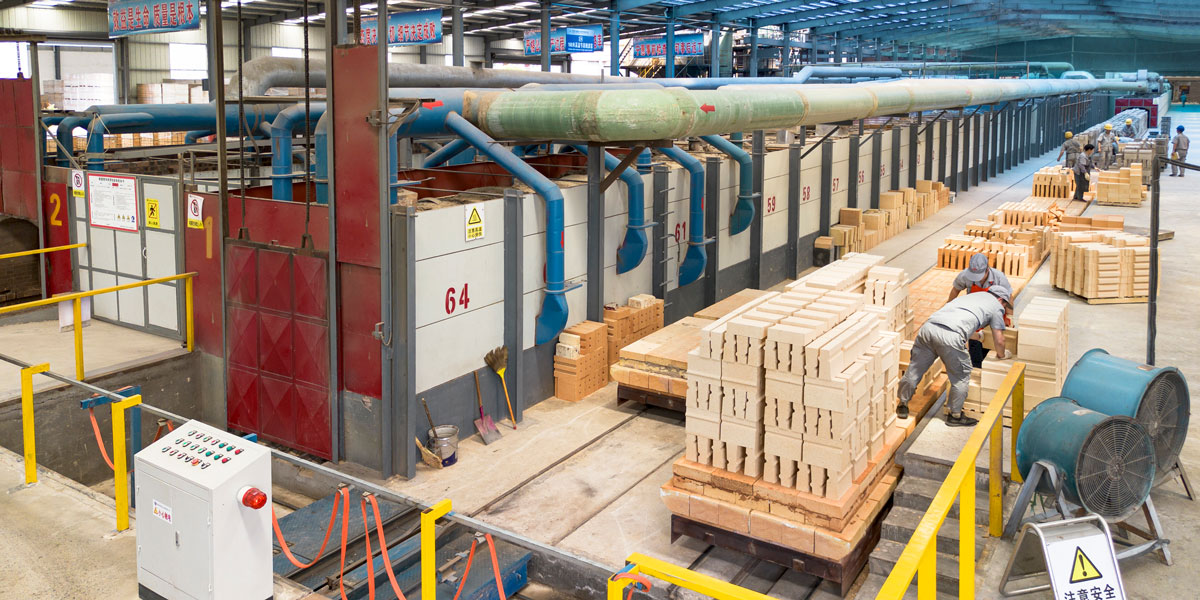
Appearance Inspection
Color
Generally speaking, the higher the alumina content, the whiter the color. Grade I high alumina fire brick is yellowish in color. Grade II high alumina brick is yellowish-white in color. Grade III high alumina brick is white in color.
Surface Quality
High-quality high alumina bricks have a smooth surface and few black spots. If black spots appear over a large area, it indicates that the brick has too high a content of ferric oxide. This means that there may be a problem with the ratio, which will affect the service life of the brick.
Flatness
The surface of the high alumina brick should be flat, without obvious bending, warping or unevenness. Bricks with uneven surfaces will increase the difficulty of construction during masonry and affect the service life of the furnace lining.
Size
The size of high alumina bricks should be regular, usually within the allowable tolerance range. If the size deviation is large, it will cause uneven brick joints. This will reduce the overall strength and sealing of the furnace lining.
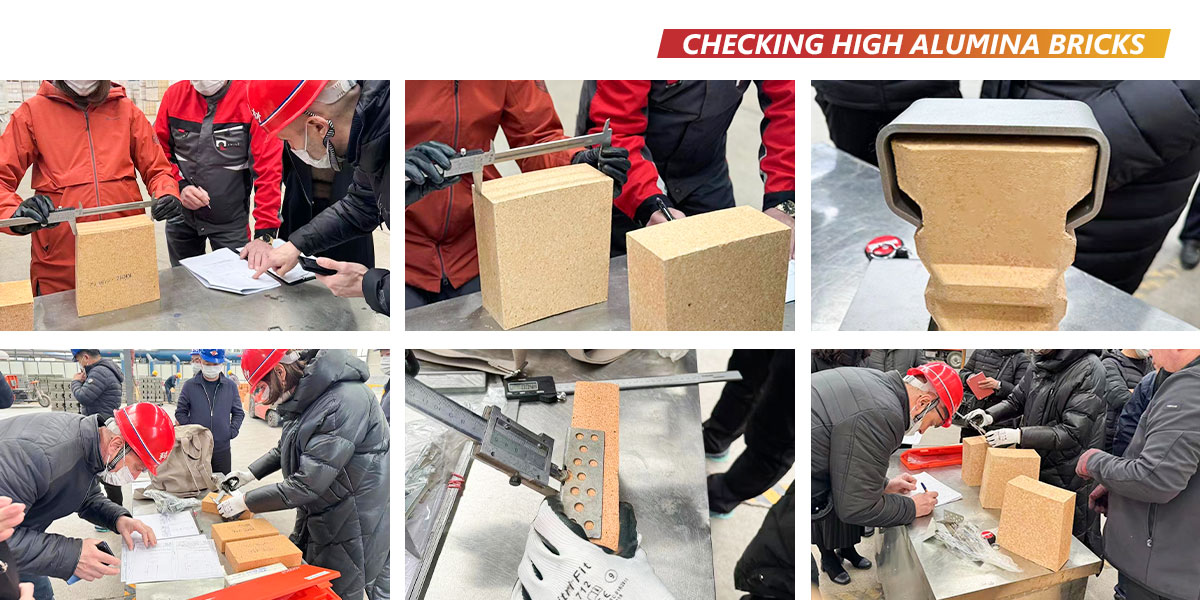
Sound Check
Use two bricks to hit, and the sound of high-quality high alumina bricks is crisp and not dull. This is because the internal structure of high-quality high-alumina bricks is tight and the sound conductivity is good when knocked.
Weight and Volume Density
Weight
In general, the weight of the first-grade high alumina brick is about 4.4 kg. The weight of the second-grade high alumina brick is about 4.0 kg. The weight of the third-grade high alumina brick is about 3.7 kg. The weight of the special-grade high alumina brick is about 4.8 kg.
Volume Density
The higher the volume density, the better the strength and refractory performance of the refractory firebrick. So, if the volume density is lower than 2.3, it is a third-grade high alumina brick. If the volume density is greater than 2.3 but less than 2.45, it is a second-grade high alumina brick. If the volume density reaches 2.45 or more, it is a first-grade high alumina brick.
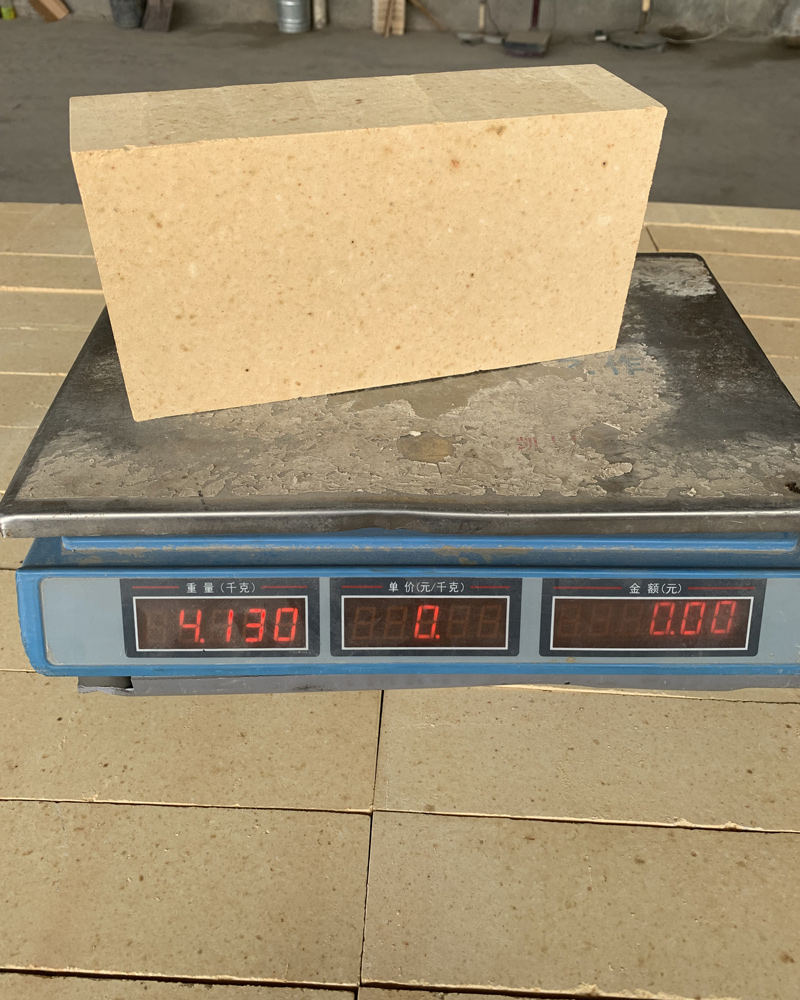
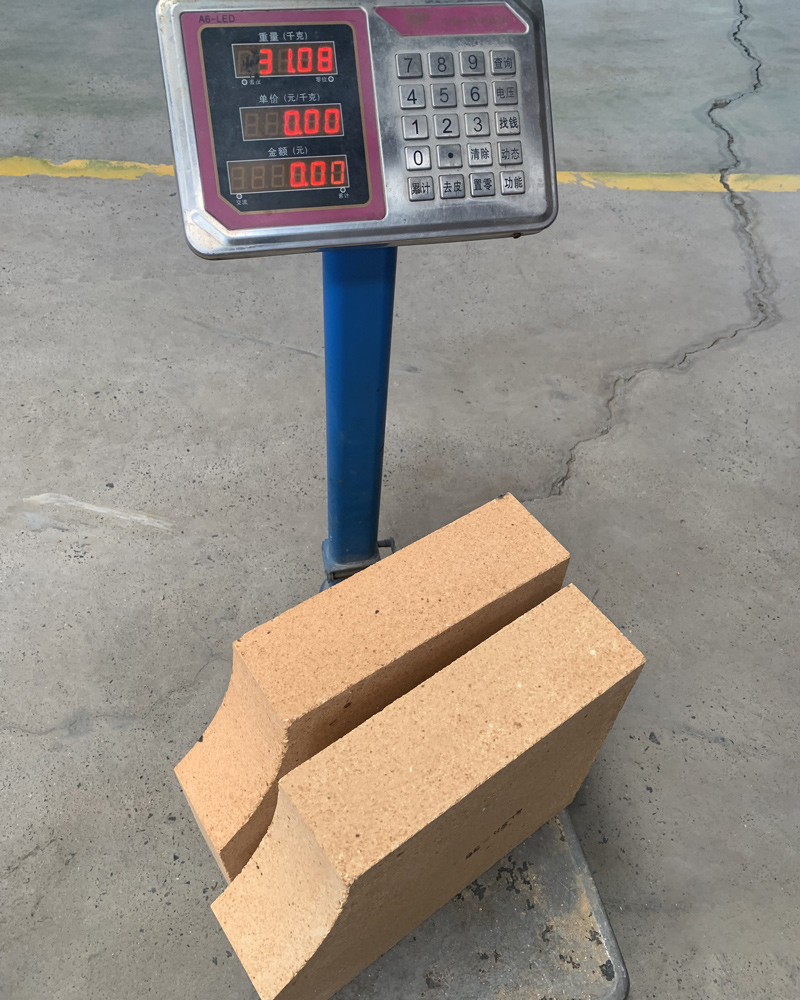
Chemical Test
Alumina Content
The main component of high alumina bricks is alumina. The higher the alumina content, the better the refractory performance of the bricks. Generally speaking, 55% aluminum content is a third-grade high alumina brick, 65% is a second-grade high alumina brick, and 75% is a first-grade high alumina brick.
Other Physical and Chemical Indicators
We can also test the physical and chemical indicators of high alumina bricks, such as strength, bulk density, and load softening degree. These indicators can more comprehensively reflect the quality and performance of high alumina bricks.

